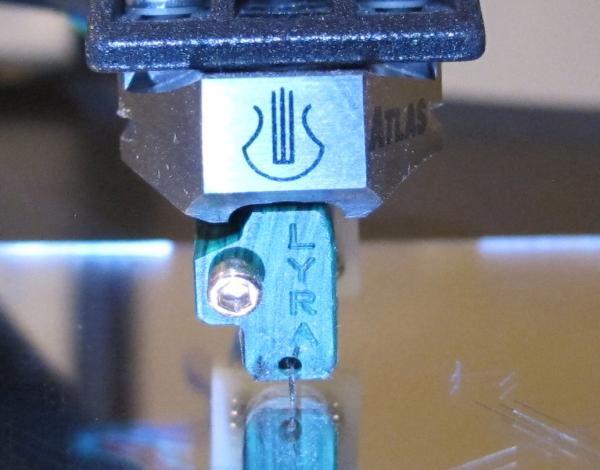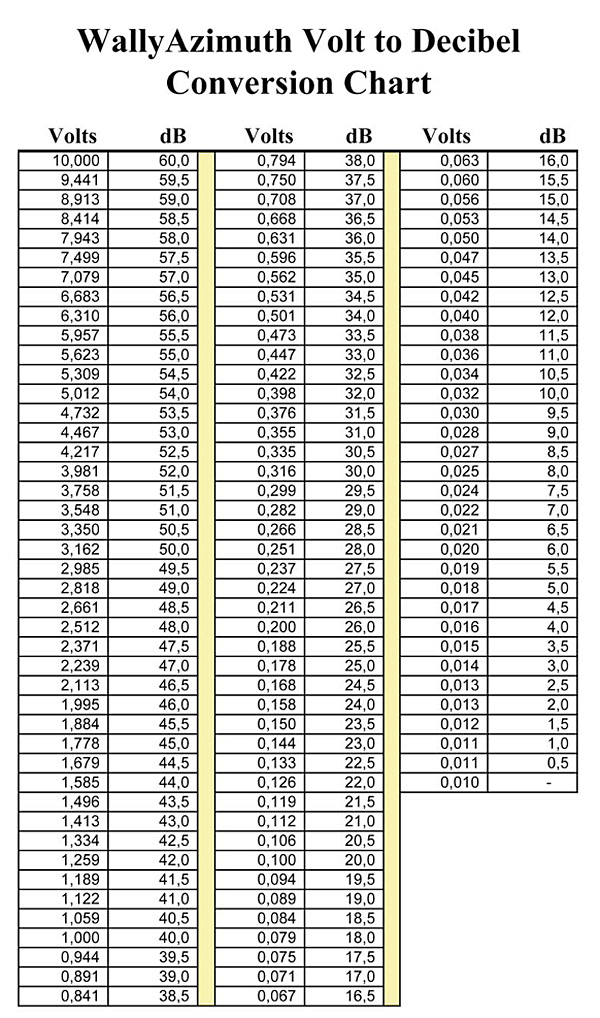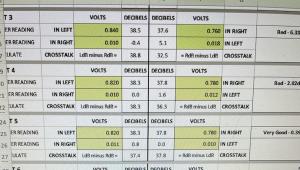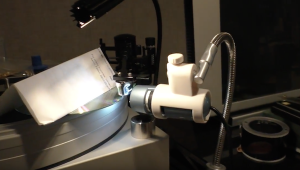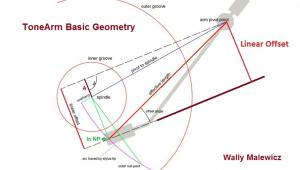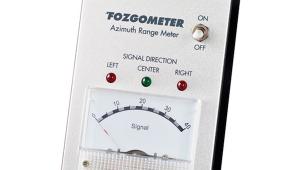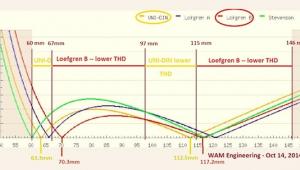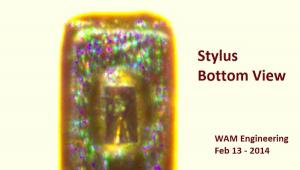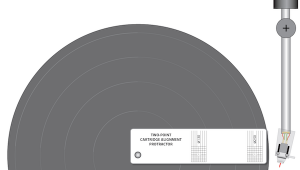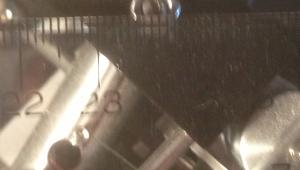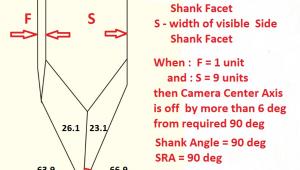Could you follow the same procedures, but rather than using a voltometer, record output to a computer and take the measurements in an audio editing program? The only issue I can think of is that because digital audio uses 0 dB as max, you'd have to account for the fact that you'll be dealing with negative numbers for your dB measurements (but no need to convert volts to dB). You could also use the the audio editing program to create the high and low pass filters digitally. Is there any reason why this wouldn't also work?
Thank you for the informative write up!
